Tomàs Daviu Carreras
About the Artist/Site
Daviu was born to Isidro Daviu Tocabens, age 38, and Ana Carreras Planas, age 43, the elder of two brothers in the small mountain village of Cantallops, less than five miles from the French border. With little education, he primarily occupied himself with the land and the animals, as had his father. But he neither loved nor paid much attention to his family, and as soon as possible his sons moved away from the village and wanted to have nothing further to do with him. Daviu rented the rural property known as Mas Pobre [Poor Farm] from a neighbor, almost 230 acres of hilly property covered with cork trees and oaks, where he kept horses and sheep. He was known as a cruel, misogynistic, and disagreeable man.
Daviu fell in love with a French woman and he moved in with her, abandoning his wife and family. But this relationship ultimately helped to change and save his life. During his later years, he developed a serious medical problem with his circulation, and he was told by local doctors that the disease was terminal. Daviu’s French lover, however, beseeched him to search further for a cure, and ultimately he was introduced to Dr. Jean Mason, a surgeon who practiced in a hospital in Montpellier, about three hours away. This doctor indicated that there was a risky and untested procedure that had not yet been successfully realized that might work for him. Daviu decided to participate in this experimental surgery and went under the knife; contrary to anyone’s expectations, this pioneering procedure was successful.
Daviu, thereafter, felt indebted to the doctor, showing him greater love and respect than the neighbors had ever seen him show to his wife or family. Beginning in 1988, he began sculpting figures on the flattened mountaintop of Mas Pobre. The central and largest figure is an homage to the doctor, and its broad body and wide arms are stretched out as if to hug the doctor. As Daviu worked on this piece—at the same time that he also began to construct several other sculptures that ultimately adorned the site—he realized that the 1992 Olympics, to be headquartered in Barcelona and with exhibition venues all over Catalunya, was soon approaching and, with millions of new visitors to Spain coming into the country, many would be traveling the road that passed by his mountaintop. So he added text to this central figure that paid homage to the 1992 Barcelona Olympics as well, and was pleased that his acknowledgment of Dr. Mason’s skills would be seen by so many more viewers than he had originally anticipated.
It is clear, when examining Daviu’s works, that he had little, if any, prior experience working in construction and certainly none in art. The works are roughly modeled, built up from what was available—typically concrete blocks, terra cotta bricks, or rubble and stones found on site—and then covered with a lumpy concrete mortar. A few of the figures were enhanced with a smoothing surface coat that was then painted, but the top surface of an equal number appeared to be the first and sole covering of the infrastructure. Found objects such as wooden wine barrels and discarded auto tires were also used as pedestals to support his figures; the intent may have been to raise the figures up high enough so that they were easily viewable from the toll road. The delineated facial features of the figures appeared almost primordial, yet in their very awkwardness and ungainliness, there was a significant amount of visual interest, if not grace: these were the gawky figures of someone who was just beginning to explore artistic representation, yet in their coarseness there was appeal. Unfortunately, he never took the time to progress: although not all of the sculptures on the site were dated, those that were displayed inscribed dates from late 1988 to mid-1991, a most productive but sadly short period of only 2.5 years.
Today the site is invisible from the toll road, and the high-speed train plows through the mountainside beneath where the sculptures had been sited. There are damaged relics of some of the sculptures and traces of others, but the art environment cannot be considered extant.
~Jo Farb Hernández
Contributors
Map & Site Information
La Jonquera, Catalonia, 17700
es
Latitude/Longitude: 42.4263826 / 2.8876436
Nearby Environments


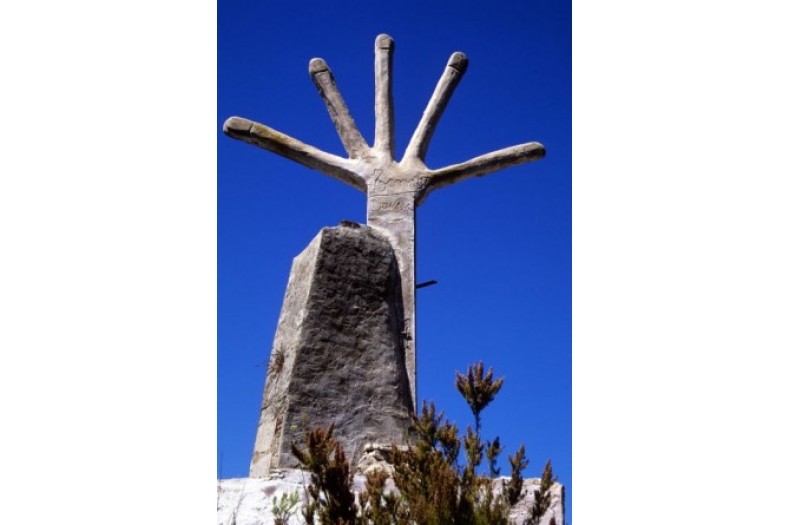
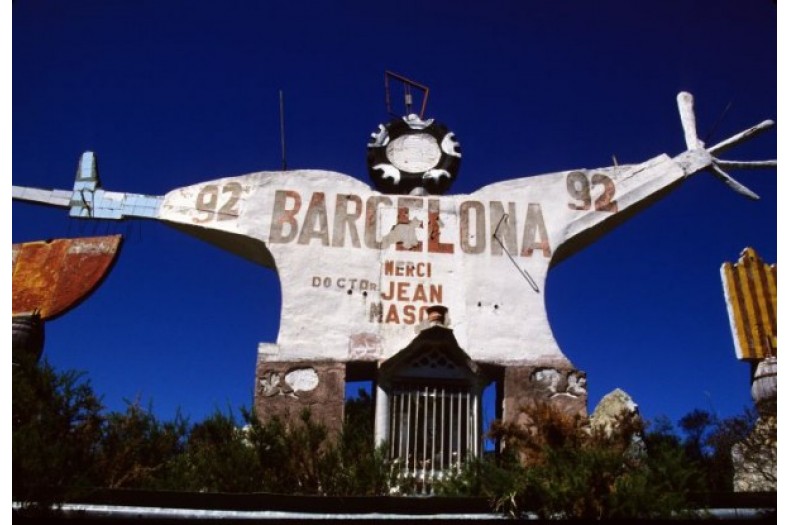
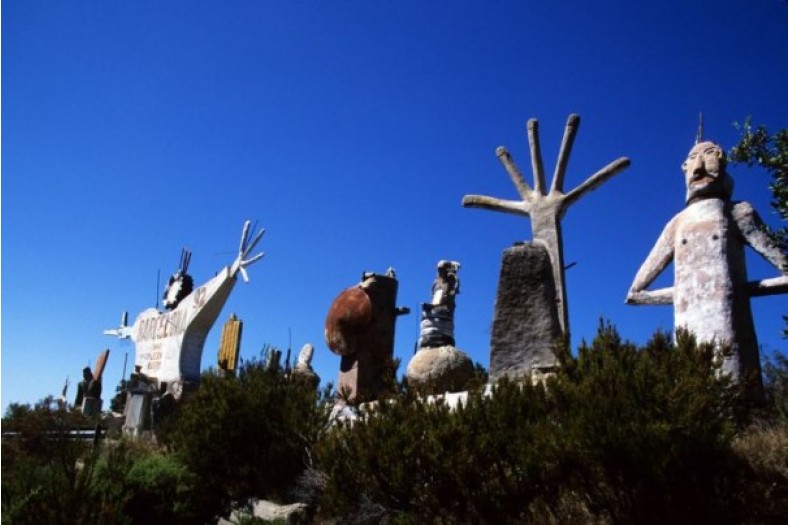
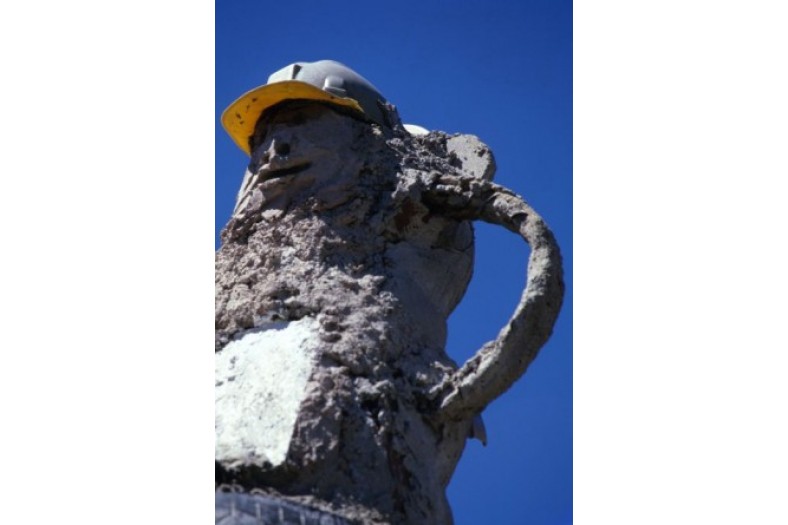
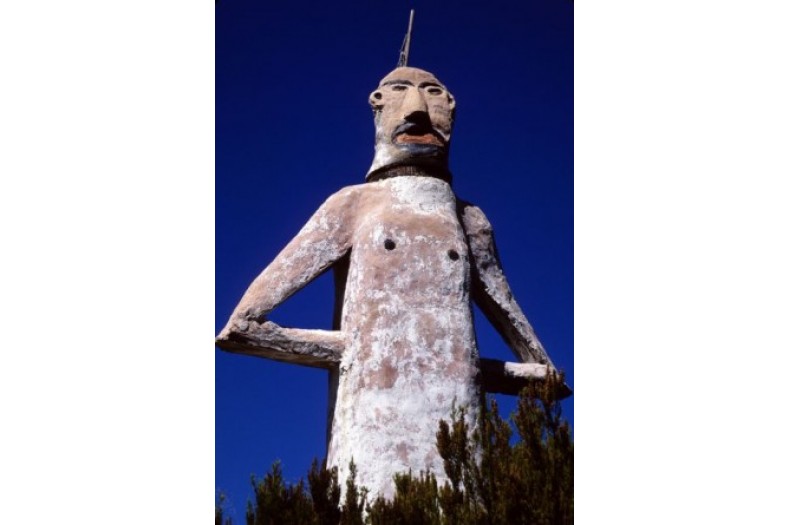
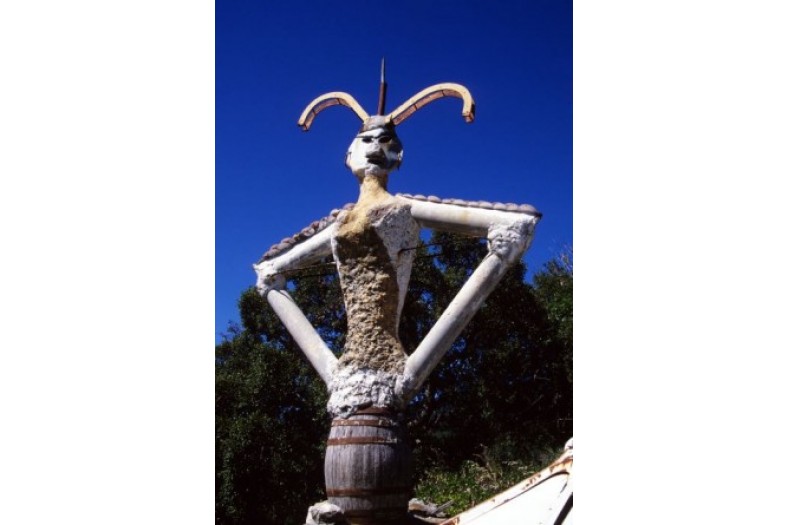
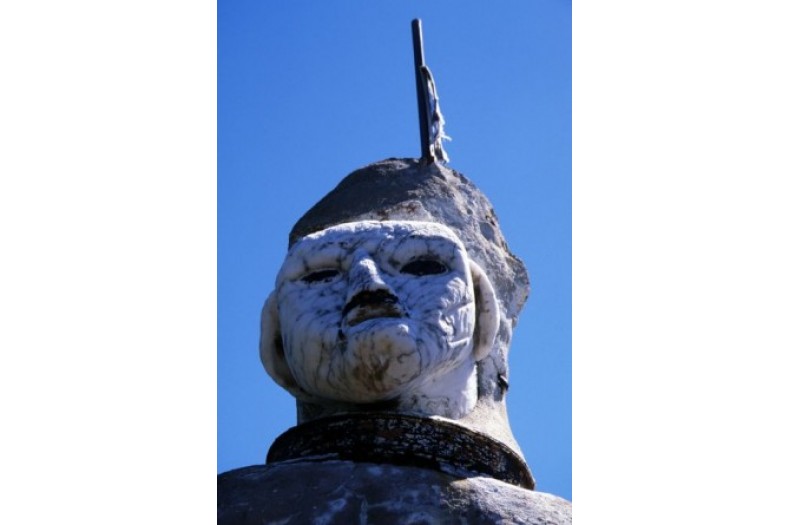
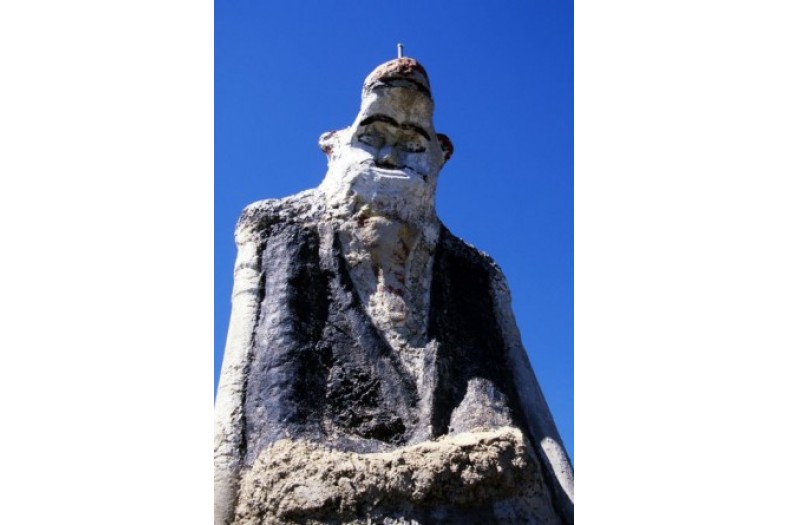
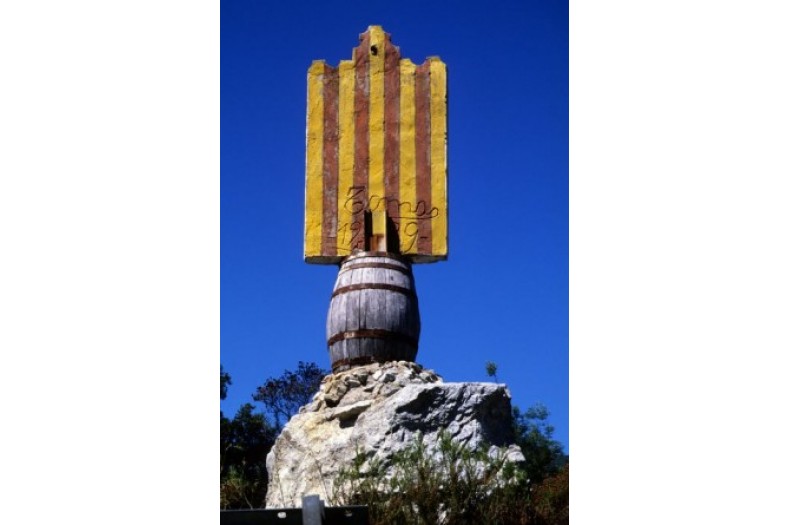
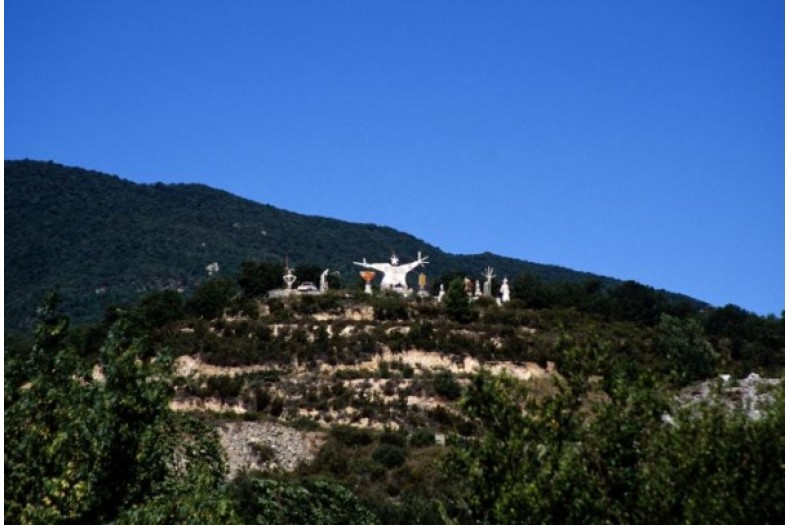
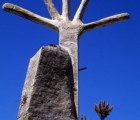
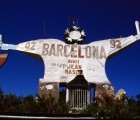
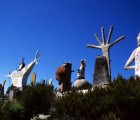
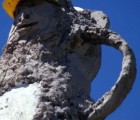
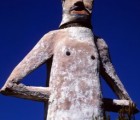
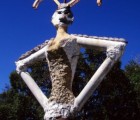
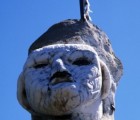
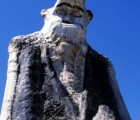
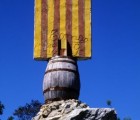

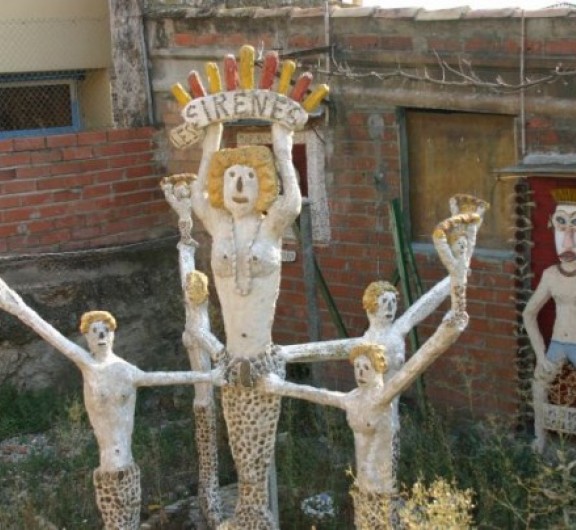
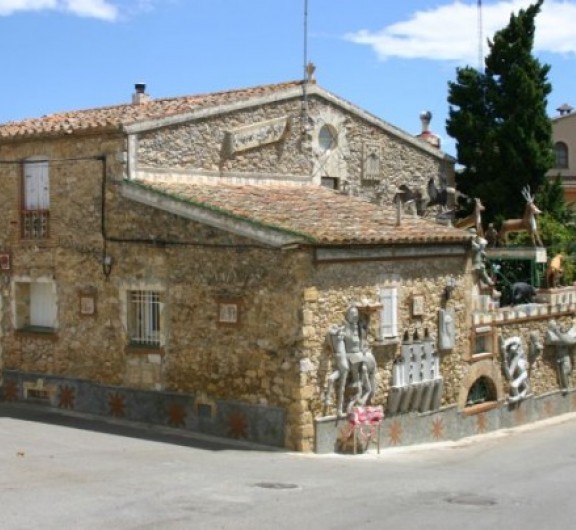
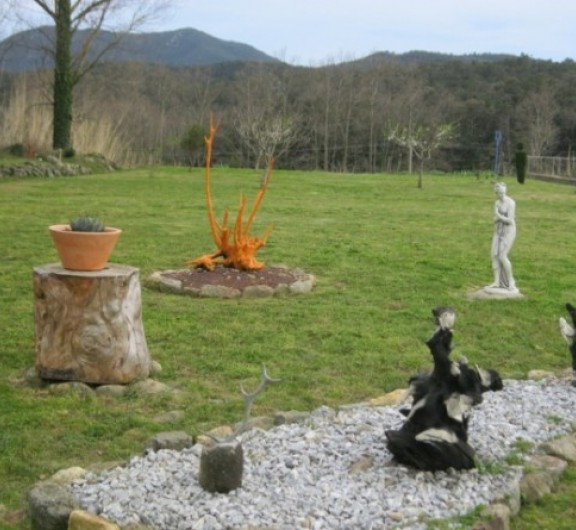
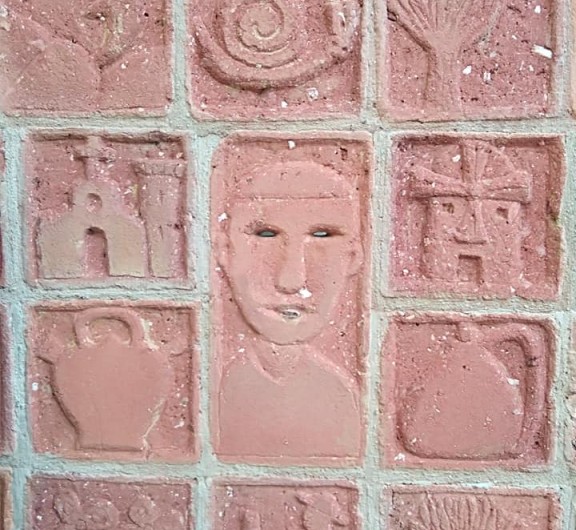
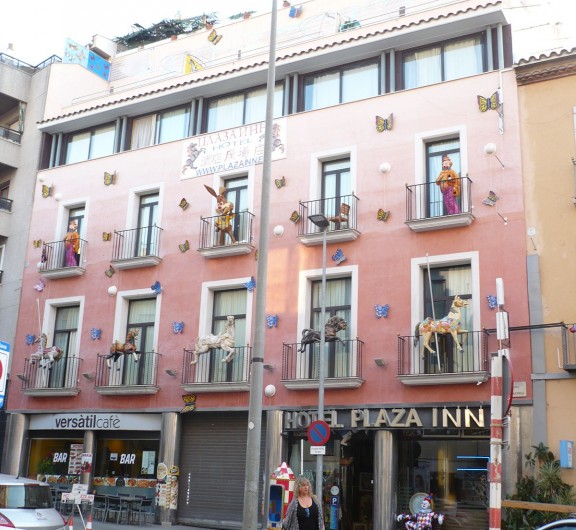
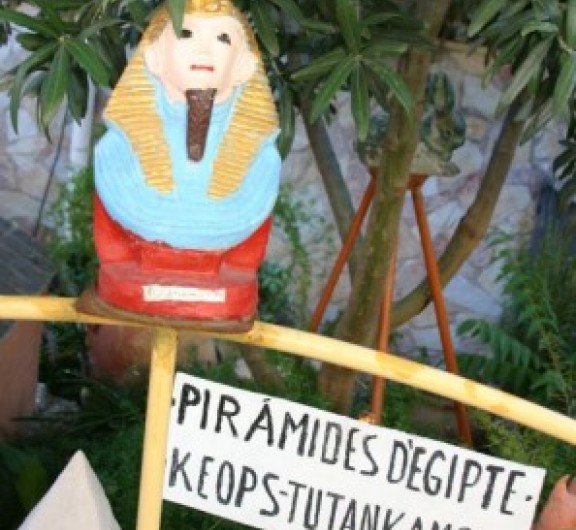

Post your comment
Comments
No one has commented on this page yet.